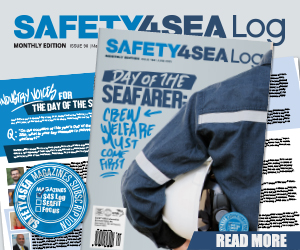The UK P&I Club looks at the dangers of cargo liquefaction and the steps members can take to mitigate the risk and calls operators to use ‘can-test’ to mitigate the risk. Therefore, the Club has produced seven videos in partnership with global cargo experts Minton Treharne & Davis (MTD), to explain what a ‘can-test’ is and what it looks like in practice.
https://www.youtube.com/watch?time_continue=1&v=24KhKnwUjV4
In the first video, Allan Ashby – head of MTD’s solid cargo survey department – explains how the can test is specified in the International Maritime Solid Bulk Cargoes as a complementary check for ‘determining the possibility of flow of the cargo’.
The next six videos demonstrate the can test for samples of three different types of bulk cargo: coal, iron-rich fine material and iron ore fines.
https://www.youtube.com/watch?v=74O2DotzoX4
https://www.youtube.com/watch?v=psgDnfuYkl4
https://www.youtube.com/watch?v=VhvHDMNcMMM
https://www.youtube.com/watch?v=YyrFOexBgxs
https://www.youtube.com/watch?v=34nsW9jZSYk
https://www.youtube.com/watch?time_continue=67&v=6VOadGwNIAc
For each material, you can see one sample passing the can test and one sample failing
Passing the test means the sample shows no sign of free moisture on the surface. It looks dry and crumbles easily, and does not move when you tip or shake the can.
Failing the test means, the sample shows signs of free water at the surface, and the surface itself has become flat and level. The surface may also move when the can is tipped or shaken. This cargo will most likely liquefy at sea and you should not load it without independently verifying its moisture content and transportable moisture limit.



























































